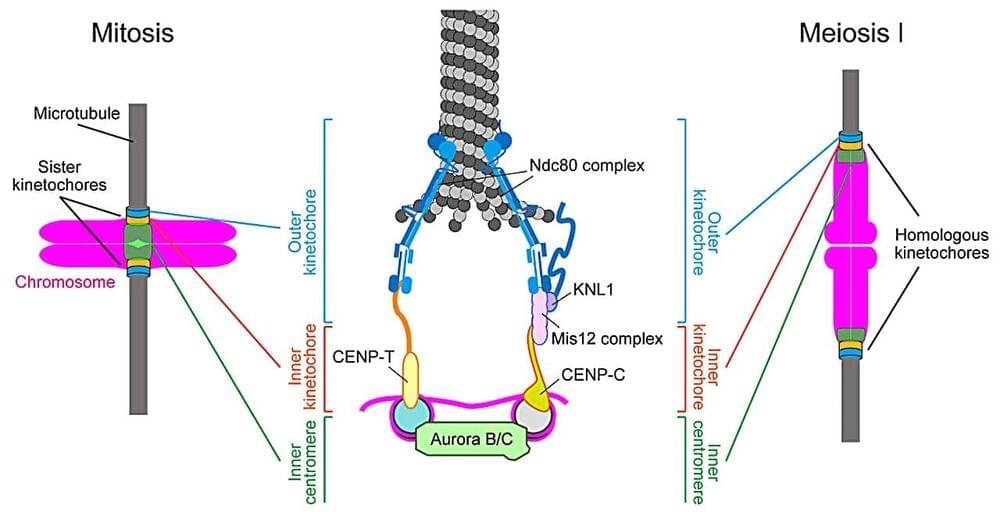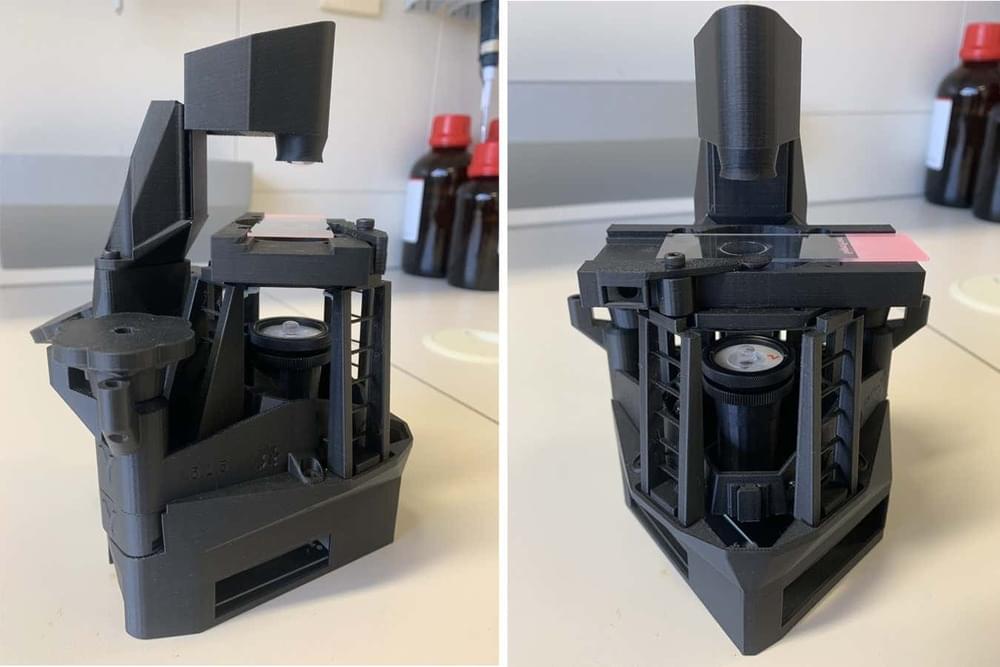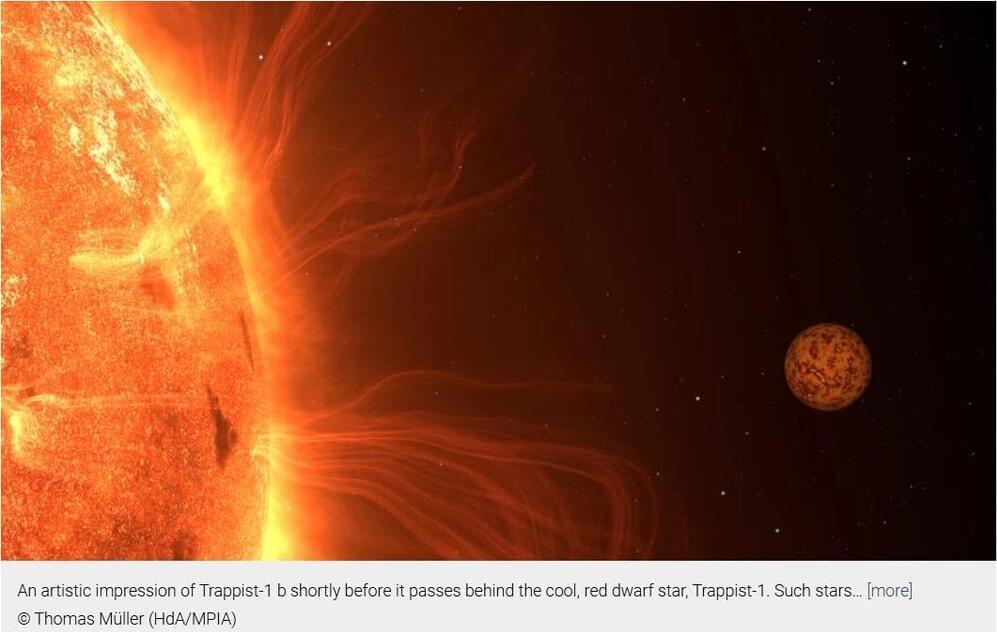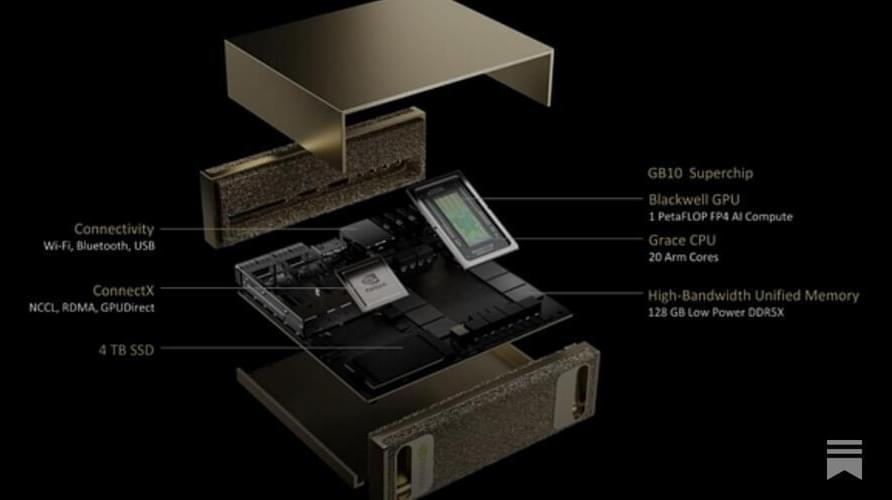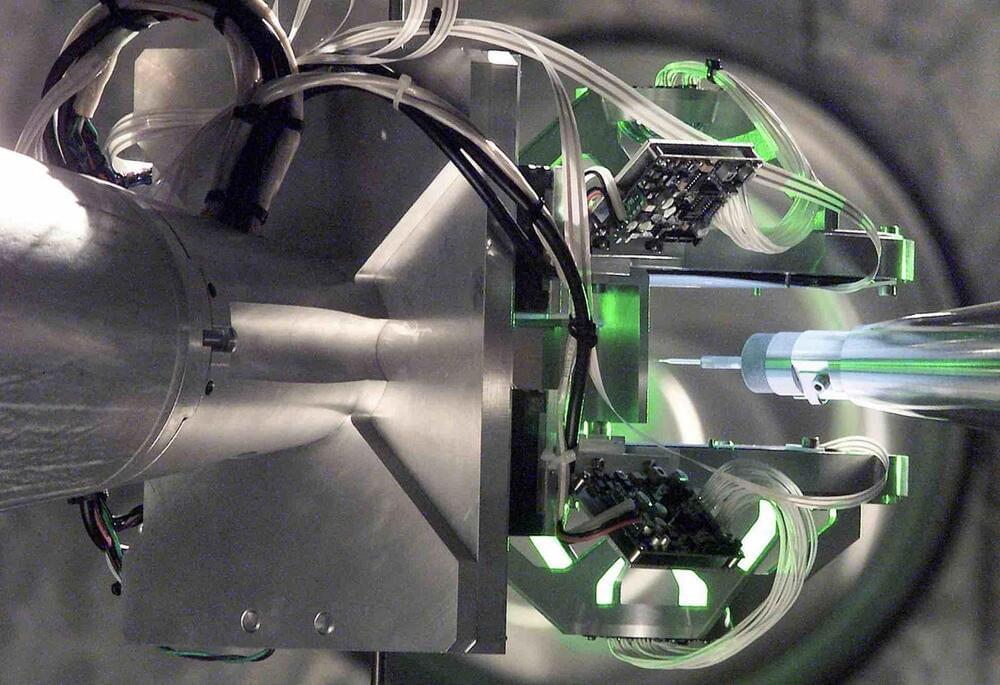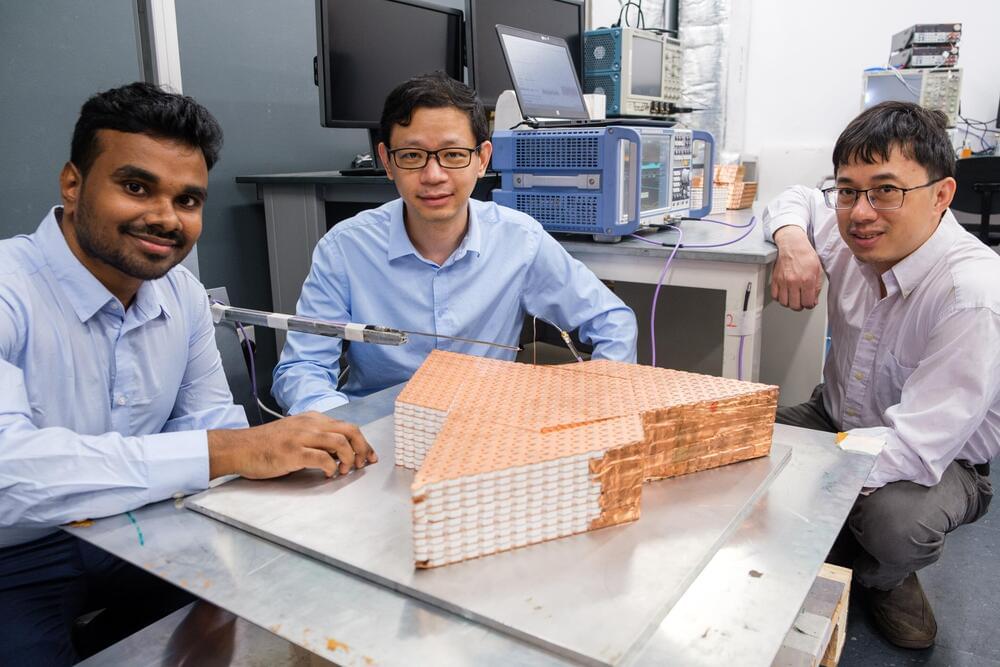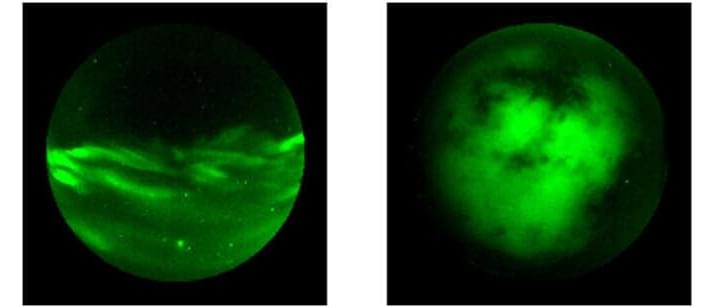Jan 10, 2025
New Jersey Students to Hear from NASA Astronauts Aboard Space Station
Posted by Genevieve Klien in categories: education, engineering, mathematics, space
Students from the Toms River School District in New Jersey will have the chance to connect with NASA astronauts Don Pettit and Butch Wilmore as they answer prerecorded science, technology, engineering, and mathematics (STEM) related questions from aboard the International Space Station.
Watch the 20-minute space-to-Earth call in collaboration with Science Friday at 10 a.m. EST on Tuesday, Jan. 14, on NASA+ and learn how to watch NASA content on various platforms, including social media.
Science Friday is a nonprofit dedicated to sharing science with the public through storytelling, educational programs, and connections with audiences. Middle school students will use their knowledge from the educational downlink to address environmental problems in their communities.

